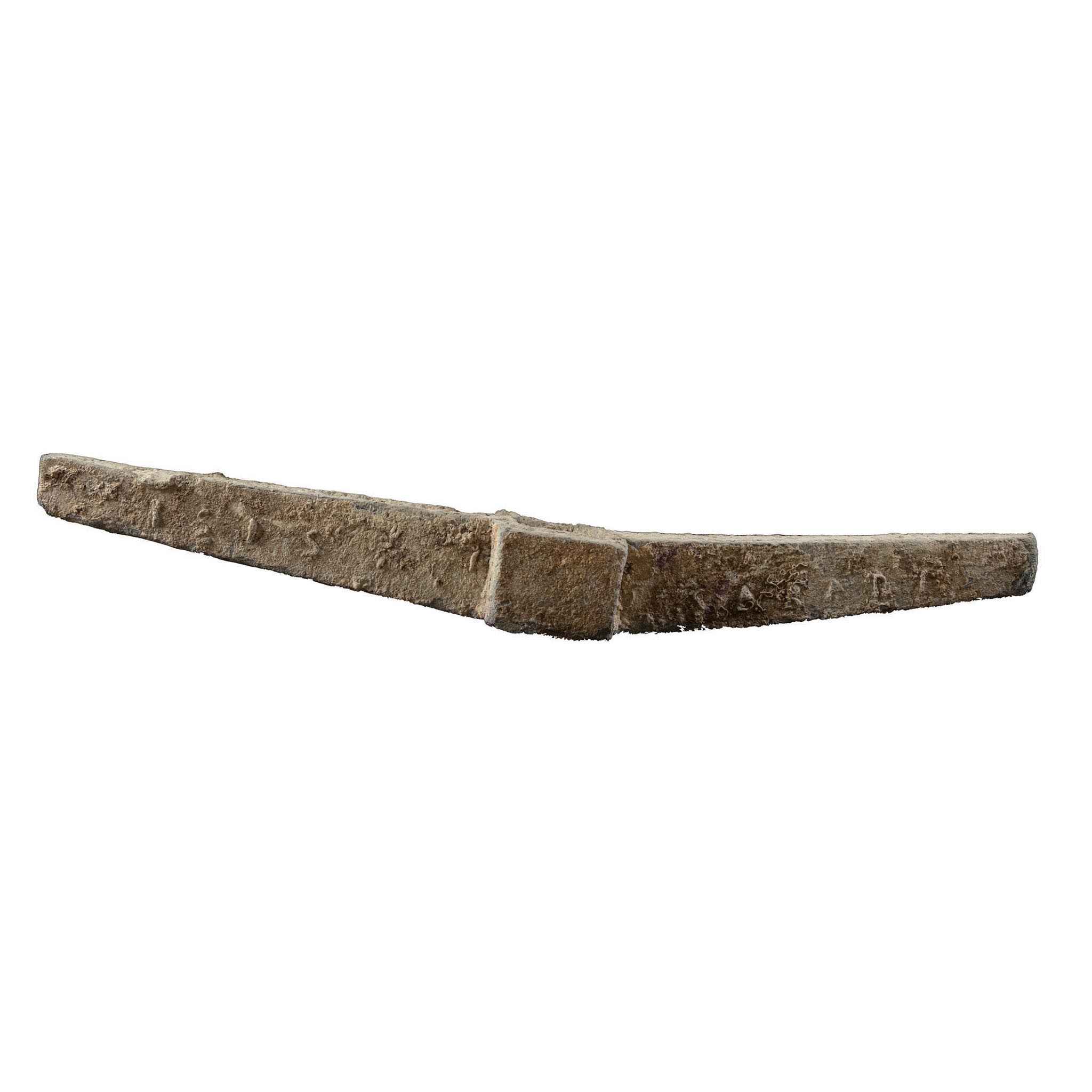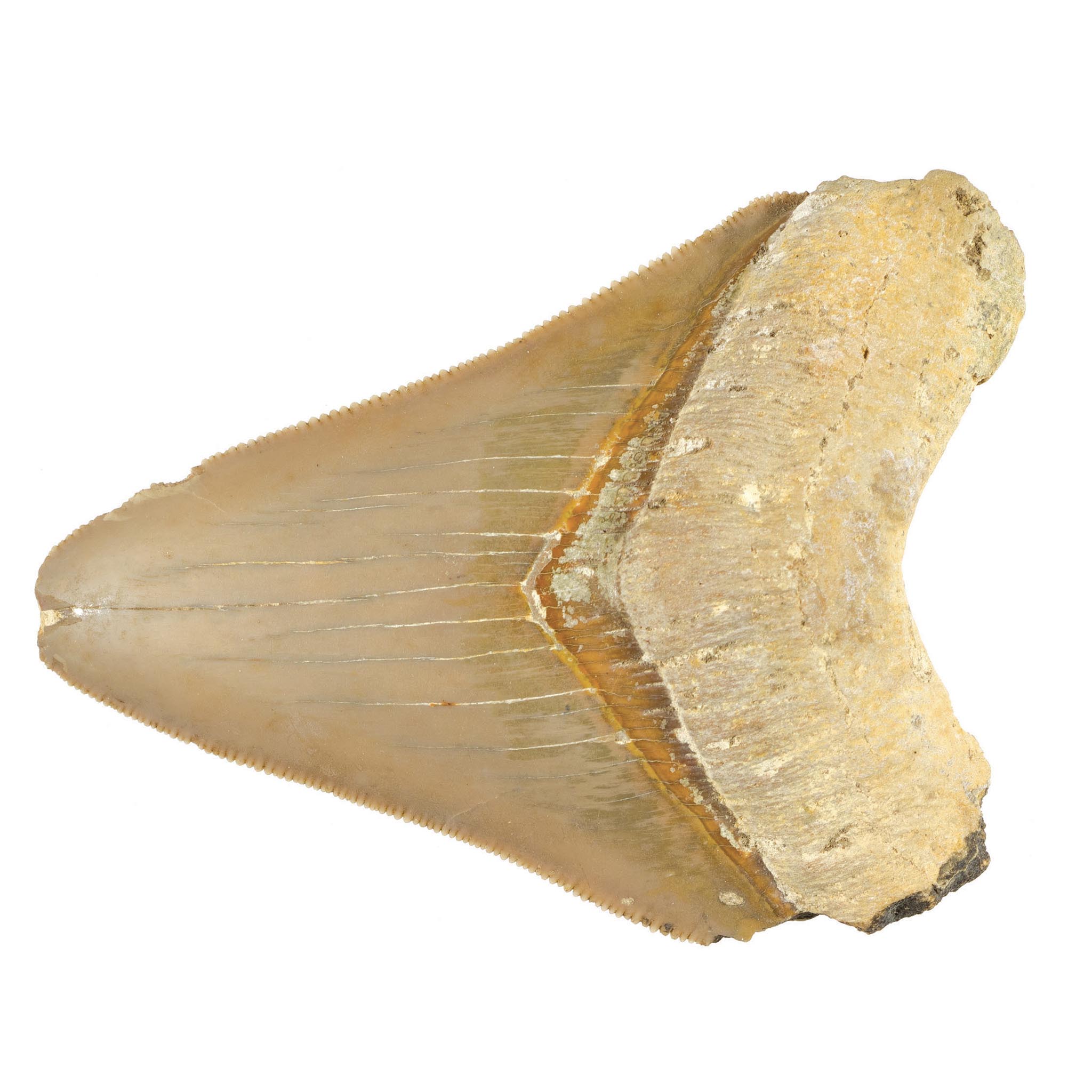When a Moorish army broke the siege of Mdina for winter in September 1429, the aldermen and clergy of the town built a narrative. Saint Paul was first among other saints who beat back the Muslim force into retreat. Indeed, it may have been inclement weather. The Moorish force left the island laden with loot and some 3,000 enslaved, having killed many others. It was a pyrrhic victory for Malta: the islands were in essence devastated.
Paul: our Father the Apostle. It is a centuries-old collective memory originating in the biblical account of an island converted by him to Christianity in 60 AD and steeled by seminal historiography. The recorded history is ruptured and uncertain, but we know enough to say that Christ, in fact, may have lived in the heart of a minority of Malta’s inhabitants not much earlier than the 3rd century AD. During Arab rule and until the re-Christianisation of the island throughout subsequent centuries, Christianity may have, furthermore, disappeared entirely, for the scant evidence suggests a violent depopulation of the islands after the Aghlabid siege of 869/870.
Nevertheless, such a cult has become an indelible feature of the island’s culture. We choose to believe that a lead anchor stock that appears to have belonged to an Alexandrine ship, may have been that of the vessel that in being shipwrecked in Malta, brought the saint to the islands. For centuries, fossils of shark teeth were linked by name to Paul and believed to protect against the evil eye. The mere suggestion that Saint Paul’s Malta may have been Mljet in the Adriatic (Melita Illyrica) has drawn the ire of the islands’ faithful through time. In the end, it doesn’t matter if history disproves legend. This is Saint Paul’s island, and that notion is here to stay.











